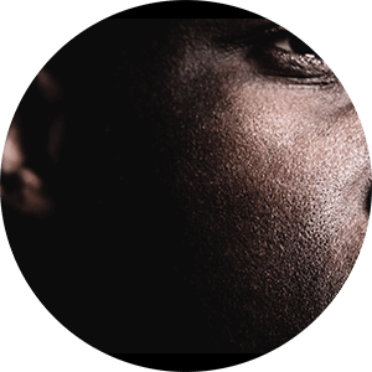
Read.
Surrounding yourself with diverse literature is always a good idea. But especially now, with extensive resources on how racism has defined the world, we can start to reverse learned racist ideas, beliefs, and actions.
By reading short articles like 10 Things We Know about Race and Policing, or long ones like The 1619 Project, our worldview is challenged and the history of racism in this country is illuminated for discussion.
Another option are the books written specifically for this time, whether literature or not. Like Ta-Nehisi Coates’ Between the World and Me, where the author writes to his son about the realities of being Black in America. Or Robin Diangelo’s White Fragility, which puts white privilege in the spotlight and explores the counterproductive way we often react to racism.
RESOURCES
Articles
Who Gets to Be Afraid in America?
The Atlantic reacts to the killing of Ahmaud Arbery and contemplates what it means to fear for your life.
Corporate America Has Failed Black America
A perspective on the lack of diversity among corporate executives and how corporations have failed to advance Black executives.
When Feminism is White Supremacy in Heels
A perspective on how white feminism dilutes race issues and how to cultivate real allyship in Harper's Bazaar.
10 Things We Know about Race and Policing
Pew Research Center survey findings about the intersection of race and law enforcement.
A study finds institutional and systemic racism at the root of demonstrations that took place in 1967, and NPR finds relevance to today's current events.
Minneapolis Uprising in Context
The Boston Review explains why past and current racial equality demonstrations should be viewed as political movements.
The 1619 Project is an ongoing project developed by The New York Times Magazine in 2019 with the goal of re-examining the legacy of slavery in the United States.
Henry Lewis Gates, Jr. writes a history of Juneteenth for The Root.
Books
In this nonfiction book, Ta-Nehisi Coates pens a letter to his teenage son about the feelings, symbolism, and realities associated with being Black in the United States.
Pulitzer Prize-winning author Isabel Wilkerson writes about the decades-long migration of Black citizens who fled the South for northern and western cities, in search of a better life.
White Fragility: Why It's So Hard for White People to Talk About Racism
Best-selling author Robin DiAngelo explores the counterproductive reactions white people have when their assumptions about race are challenged.
Two Nations: Black and White, Separate, Hostile, Unequal
An analysis of the conditions that keep blacks and whites far apart in their ability to participate in the American dream, by Andrew Hacker.
Why Are All the Black Kids Sitting Together in the Cafeteria?
How school leaders should embrace conversations about race and other insights from best-selling author Beverly Daniel Tatum.
Penguin Random House presents The Read Down, with a list of fiction and nonfiction by African American authors including deepening everyone’s understanding of the significance of Juneteenth.
For Parents & Teachers
Your Kids Aren’t Too Young to Talk About Race
A list of resources for parents and teachers to use when talking to their kids about race and racism.
A PBS guide on talking to children about racism.
PBS Learning Media on Juneteenth
A PBS Resource Guide for Juneteenth, marking the end of slavery in the United States in 1865.
Teaching Tolerance Guide for Juneteenth
The organization Teaching Tolerance resources about the history of Juneteenth, acknowledging hard history and empowering young people to be change advocates.
For Businesses
How Managers Can Promote Healthy Discussion About Race
Harvard Business Review offers direction on how to productively discuss race in the workplace.
The views expressed in the included resources do not indicate the author’s endorsement of P&G and likewise, do not indicate P&G’s endorsement of the views of the authors.


